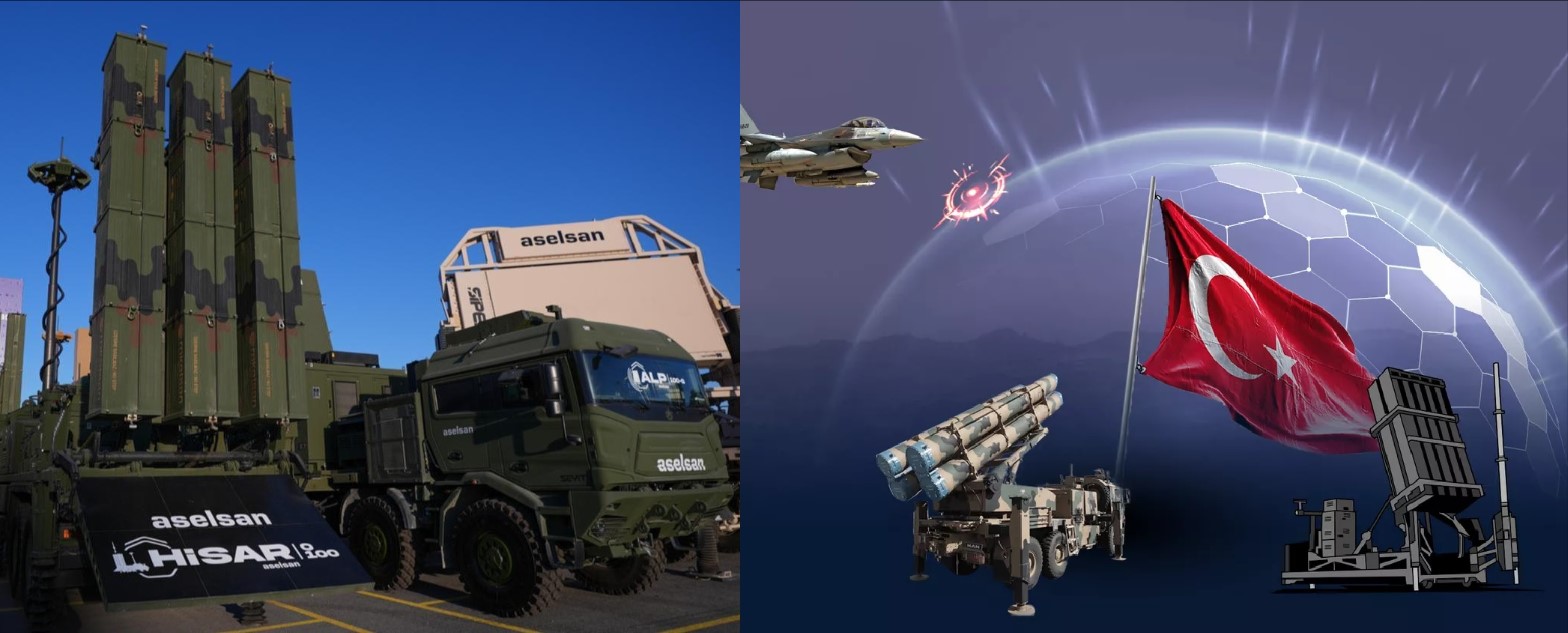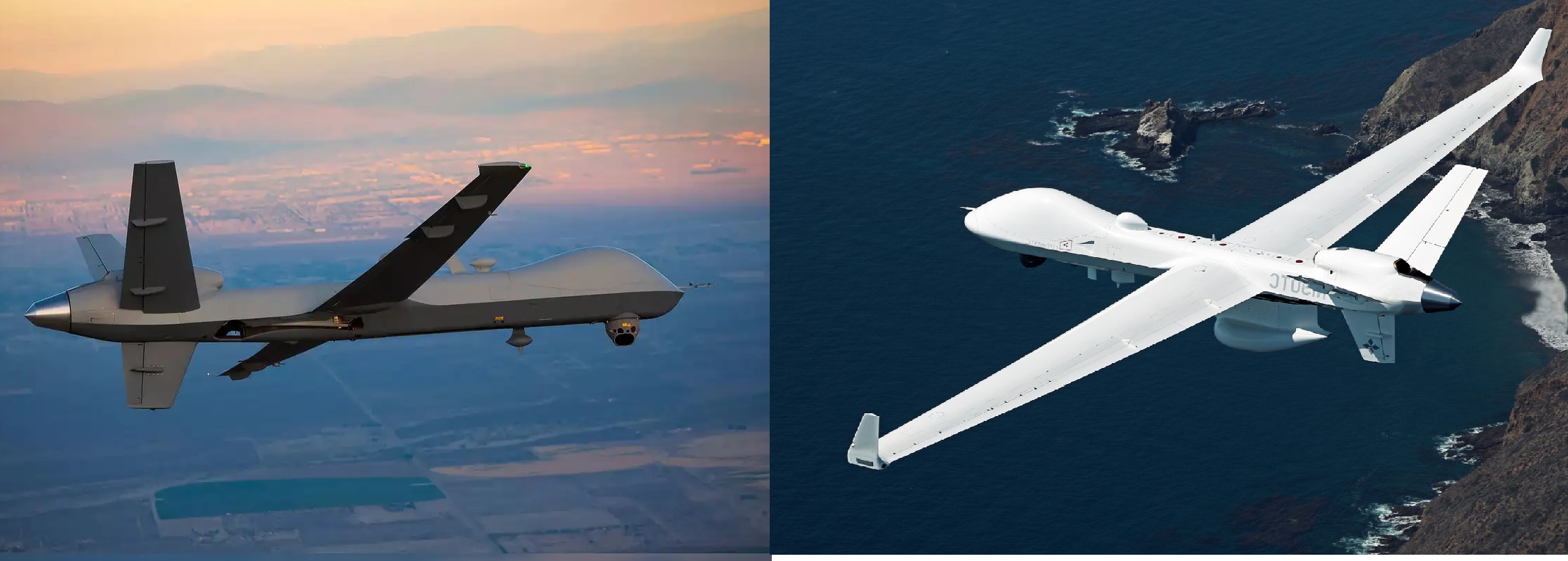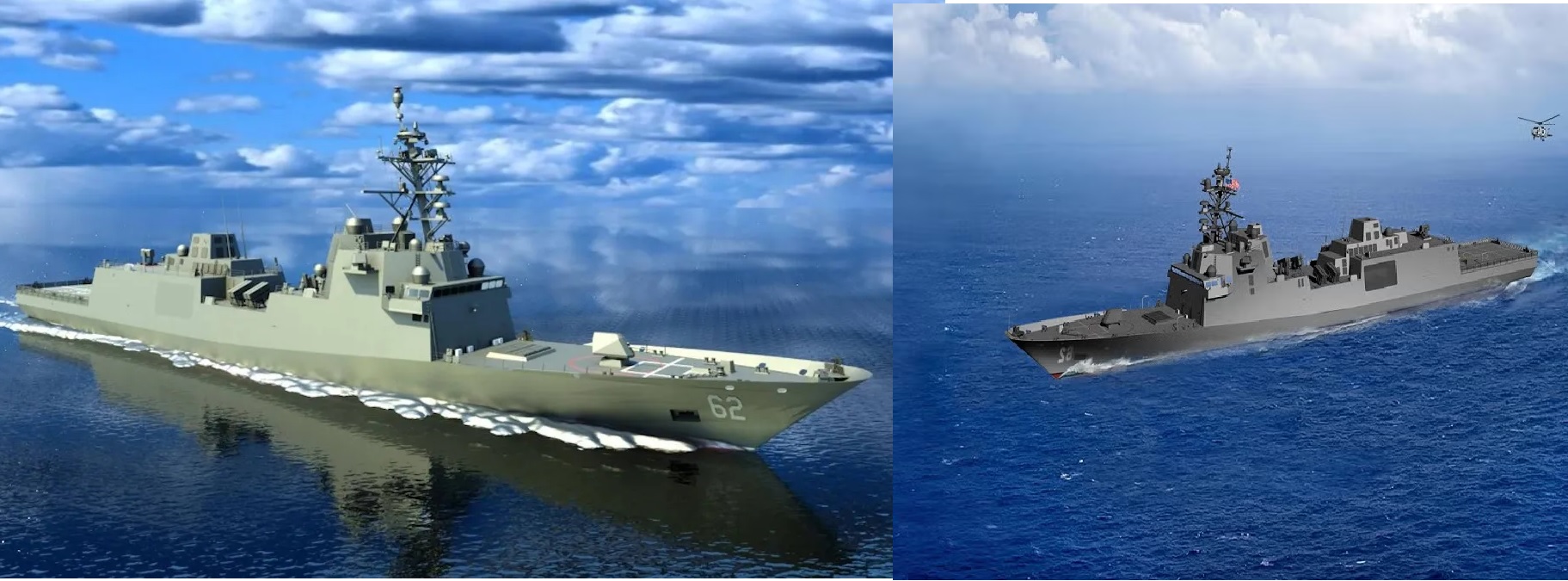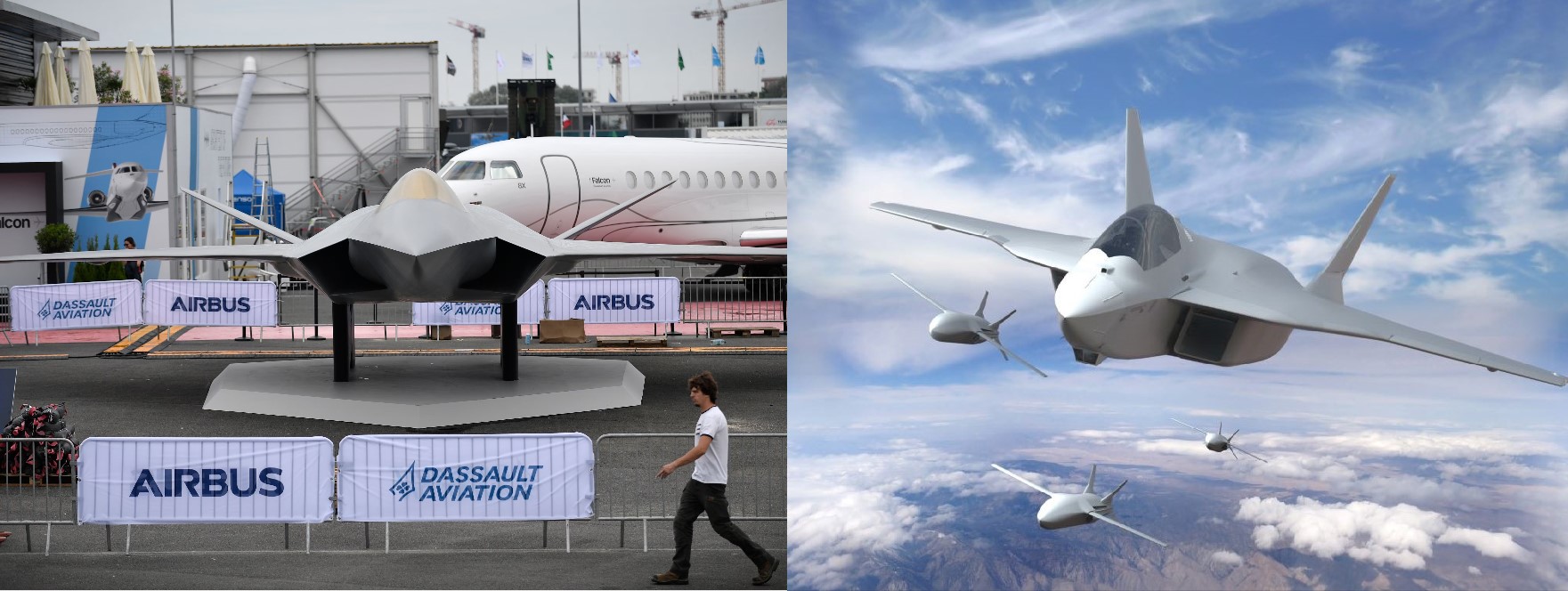Ukrainian Strike on Taganrog Air Base Likely Destroys Russia’s Only Operational A-60 Airborne Laser Aircraft
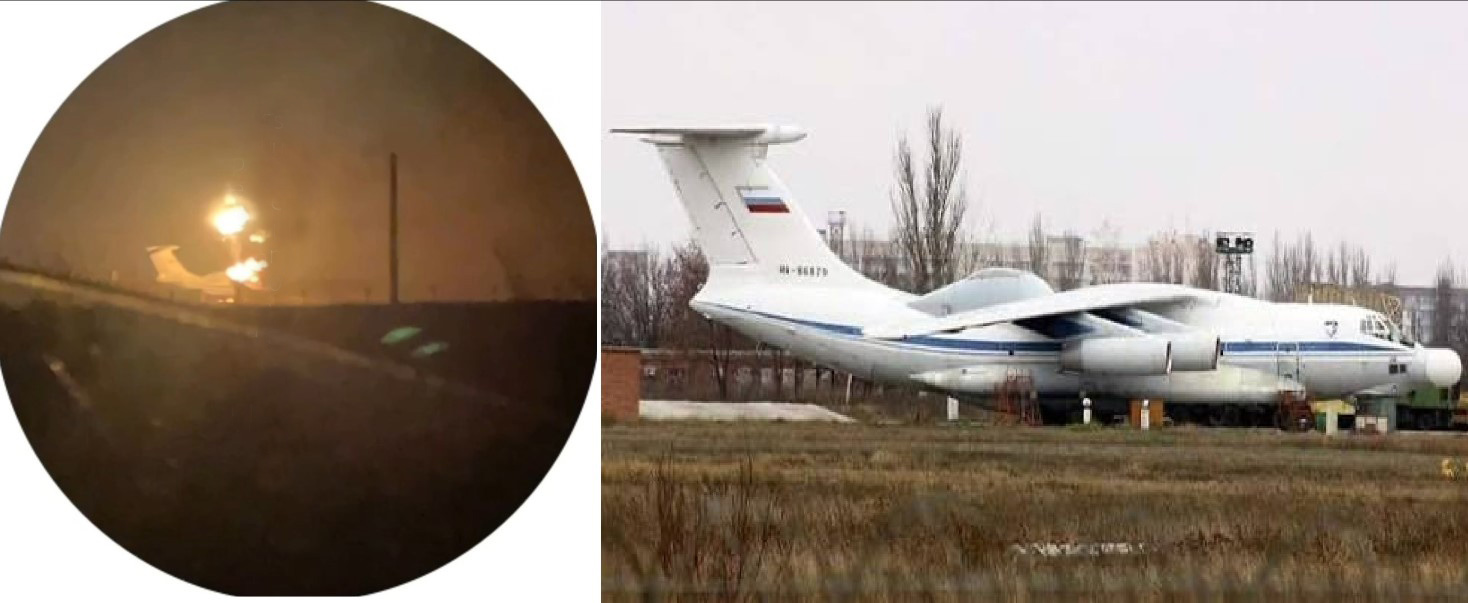
On November 25, 2025, a series of coordinated Ukrainian strikes targeted key Russian military infrastructure, with the Taganrog Yuzhny Air Base in Rostov Oblast suffering one of the most consequential hits. Large fires erupted across sections of the base associated with aircraft repair, testing, and storage. Among the burning structures, imagery shared by Ukrainian and independent channels showed a charred airframe whose contours and structural features match those of the Beriev A-60, Russia’s sole remaining airborne laser laboratory aircraft.
If confirmed, the strike represents the destruction of one of Russia’s rarest and most secretive aerospace platforms—a one-of-a-kind weapon system with no replacement, no production line, and no second facility capable of restoring it.
A Coordinated Ukrainian Strike With Strategic Impact
Ukrainian forces launched long-range strikes shortly after midnight on November 25, aiming at Russian aviation and military-technical hubs across the region. Taganrog Yuzhny—long known as a critical center for Russia’s special-mission aircraft—reported multiple explosions, followed by spreading fires that burned for hours.
Initial assessments from defense analysts indicate that the impacts struck the sector used for development, overhaul, and storage of prototype aircraft. Satellite imagery and ground footage revealed the silhouette of the damaged aircraft: a large four-engine platform with a distinctive top-mounted housing and modified nose—hallmarks of the Beriev A-60.
Russian authorities have not officially acknowledged the loss, but emergency-service activity around the damaged hangar and a conspicuous absence of denials from state media fueled widespread belief that the A-60 program suffered a catastrophic setback.
The A-60: A Singular Experimental Weapon System
The Beriev A-60 was one of only two prototypes built during the Soviet era as part of a highly classified airborne laser project, aimed at developing capabilities for anti-satellite warfare, missile interception, and directed-energy research.
Based on the Il-76MD airframe, the A-60 featured:
-
Wingspan: 50.50 m
-
Length: 46.86 m
-
Height: 14.76 m
-
Wing Area: 300 m²
-
Empty weight: ~92,000 kg
-
Maximum takeoff weight: ~179,000 kg
-
Engines: Four D-30KP Series 2 turbofans (~12,000 kgf thrust each)
-
Performance: 850 km/h max speed; 700 km/h cruise; 8,200 km range; 13,800 m service ceiling
-
Crew: Up to 14 personnel, including laser and optical-system operators
Its high-energy laser—believed to be a CO₂-based gas-dynamic weapon approaching megawatt-class output—was tested in:
-
Ground target engagements
-
Airborne interception trials involving La-17 drones
-
Atmospheric propagation experiments
-
A confirmed test involving illumination of a satellite at ~1,000 km altitude, demonstrating anti-space potential
Through the 1990s and 2000s, the second A-60 prototype underwent incremental modernization, but only one platform remained in operable condition in recent years. Taganrog Yuzhny was its long-term base and the only site capable of handling its complex maintenance requirements.
Taganrog Yuzhny: A Facility Russia Cannot Replace
The Beriev Aviation Scientific and Technical Complex, founded in 1934, has long been Russia’s primary hub for amphibious aircraft and specialized airborne systems. Beyond the A-60, it:
-
Modernizes A-50 AWACS aircraft, including newer A-50U variants
-
Conducts maintenance on Tu-95MS strategic bombers
-
Operates an additional hydrodynamic testing center in Gelendzhik Bay
-
Handles prototype assembly and high-risk research aircraft
These functions make Taganrog a strategic node with no direct replacement elsewhere in Russia. The facility has already faced heavy pressure due to sanctions imposed by the EU, U.S., and U.K., cutting off access to foreign tooling, electronics, and specialized industrial equipment.
Local incidents, including the 2017 fatal thallium-poisoning case involving a worker, had already raised questions over internal security and industrial stress within the complex.
What the Loss Means for Russia’s Laser Weapons Program
If the aircraft destroyed at Taganrog is truly the A-60, then Russia’s airborne laser ambitions have suffered a blow from which they may never fully recover. The program was already fragile, anchored on a single operable testbed that served as the centerpiece of decades of research. With that platform now likely gone, Russia loses far more than an aircraft—it loses momentum, continuity, and the physical embodiment of a strategic scientific effort.
The second prototype, long dormant and reportedly in uncertain condition, cannot simply be revived to fill the gap. Even attempting to rebuild the project from the ground up would demand years of reconstruction, specialized engineering, and funding that may not be readily available in the current wartime environment. In practical terms, the destruction of this aircraft could freeze Russia’s high-energy airborne laser research for a generation.
The A-60 was also Russia’s only functional platform for anti-satellite experimentation, a niche and technically demanding mission that requires precise beam control and tracking capabilities. Without it, Moscow effectively loses its only airborne asset capable of interacting with orbital sensors—something that no substitute aircraft or ground system can immediately replicate.
The setback extends to the broader domain of space warfare research, where the A-60 played a quiet but crucial role in testing atmospheric compensation, stabilization techniques, and energy management for high-power lasers. These are foundational technologies for future directed-energy weapons, and without a flight-tested laboratory, progress becomes theoretical at best.
Equally damaging is the hit to the Taganrog facility itself. The A-60 project was deeply intertwined with the engineers, technicians, and specialized workshops concentrated there. Losing the aircraft means losing the environment in which decades of institutional knowledge were sustained and transferred. Rebuilding such a knowledge base may prove more difficult than constructing a new airframe.
Kyiv’s Expanding Deep-Strike Capability
The strike on Taganrog is also a telling indicator of Ukraine’s steadily advancing reach into Russian territory. Kyiv has been refining its long-range strike architecture for years, and this operation underscores just how far that capability has evolved. Improved long-endurance UAVs, increasingly sophisticated domestic missiles, and sharper battlefield integration have all contributed to a strike complex capable of penetrating hundreds of kilometers inside Russia.
The role of Western-sourced intelligence, combined with Ukraine’s growing ability to synchronize reconnaissance and strike assets, adds another layer of precision to these operations. When such capacities converge against a high-value, poorly defended target, the outcome—such as the apparent loss of the A-60—can be strategically devastating.
In this sense, the Taganrog strike is more than just another attack; it is a psychological and operational demonstration. Russia has already seen two A-50 AWACS aircraft destroyed or damaged in earlier years. Now, with the possible elimination of the A-60, Ukraine has shown that even Russia’s rarest and most protected aerospace assets are vulnerable. The impact is not only military but symbolic, eroding the perception of deep Russian sanctuary and placing unprecedented pressure on Moscow’s high-end research and development efforts.
A Rare Platform Possibly Lost Forever
With only two A-60 prototypes ever built—and only one kept in active condition—the fiery debris at Taganrog Yuzhny suggests that one of the most unusual and ambitious aerospace projects of the Soviet and Russian eras may have ended overnight.
While official confirmation may take time, the available imagery and the nature of the damage already point to a severe blow to Russia’s advanced weapons programs. If the destruction is verified, the November 25 strike will mark one of the most strategically significant Ukrainian attacks of the war, erasing a unique testbed that Moscow can neither replace quickly nor easily conceal.
The skies over Taganrog may have seen the final moments of the A-60—a Cold War relic, a space-laser experiment, and now, likely, a casualty of the war it was never designed to fight.
✍️ This article is written by the team of The Defense News.

